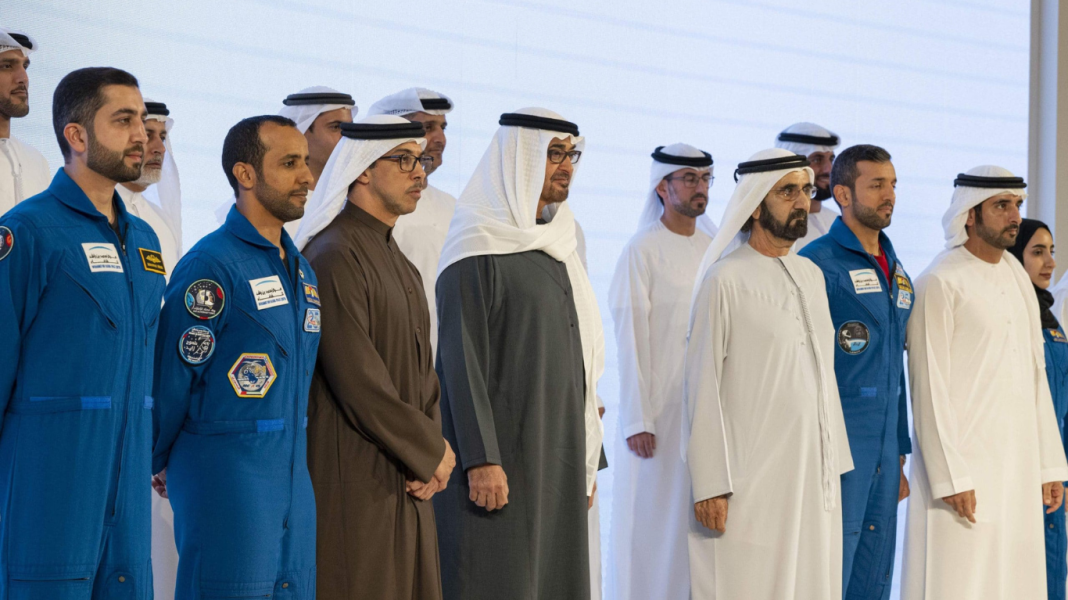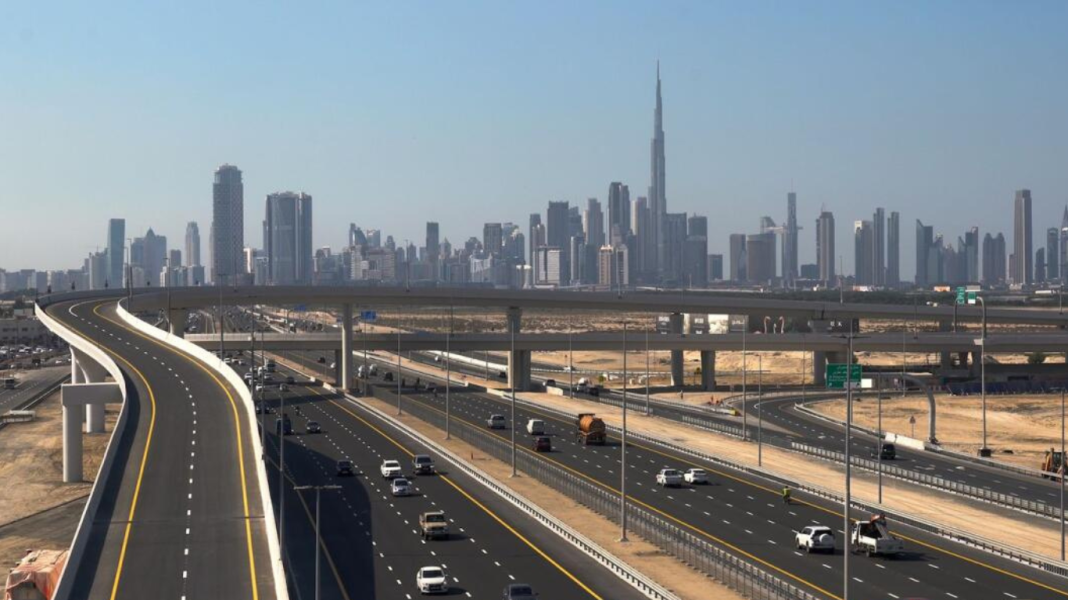The UAE has revealed plans to send the first Emirati astronaut to the Moon and take part in a global scientific initiative to build a lunar space station.
The construction of the Lunar Gateway Station will also see the participation of the United States, Japan, Canada, and the European Union.
UAE President Sheikh Mohamed bin Zayed Al Nahyan, said, “The UAE’s participation in this international project reflects our commitment to promoting partnerships with the world that contribute to the advancement of knowledge and progress for humanity.”
He expressed pride in the national institutions and teams contributing to the UAE’s space ambitions and reiterated the leadership’s continued support for international missions fostering sustainable development
.
Meanwhile, Sheikh Mohammed bin Rashid Al Maktoum, Vice President and Prime Minister of the UAE and Ruler of Dubai, acknowledged the UAE’s longstanding journey in the space sector, praising the highly skilled professionals capable of leading challenging scientific missions. He expressed limitless ambition for future Emirati projects and acknowledged the significant mission ahead, involving humanity’s return to the Moon, lunar surface landings, and establishing a base for future Mars missions.
Nasa Administrator Bill Nelson said the UAE-built airlock will allow astronauts to conduct “groundbreaking science” in deep space and “prepare to one day send humanity to Mars”.
The UAE’s contribution involves the development of the Crew and Science Airlock module on the Lunar Gateway Station, a crucial component for maintaining a safe environment for astronauts. This unit will serve as the entry and exit point for missions and astronauts traveling to the Moon’s surface from the Lunar Gateway Station.
According to Nasa, in addition to operating the airlock, the MBRSC will also provide engineering support for the life of the lunar space station. “The airlock will allow crew and science research transfers to and from the habitable environment of Gateway’s pressurized crew modules to the vacuum of space. These transfers will support broader science in the deep space environment, as well as Gateway maintenance,” Nasa said.
The Airlock, measuring 10 meters in length and 4 meters in width, with a weight of 10 tonnes, will be managed and operated by the UAE. The entire station, with a size of 19 x 20 x 42 metres, will function as a space laboratory, enabling a range of scientific and technical experiments, with a minimum lifespan of 15 years.




